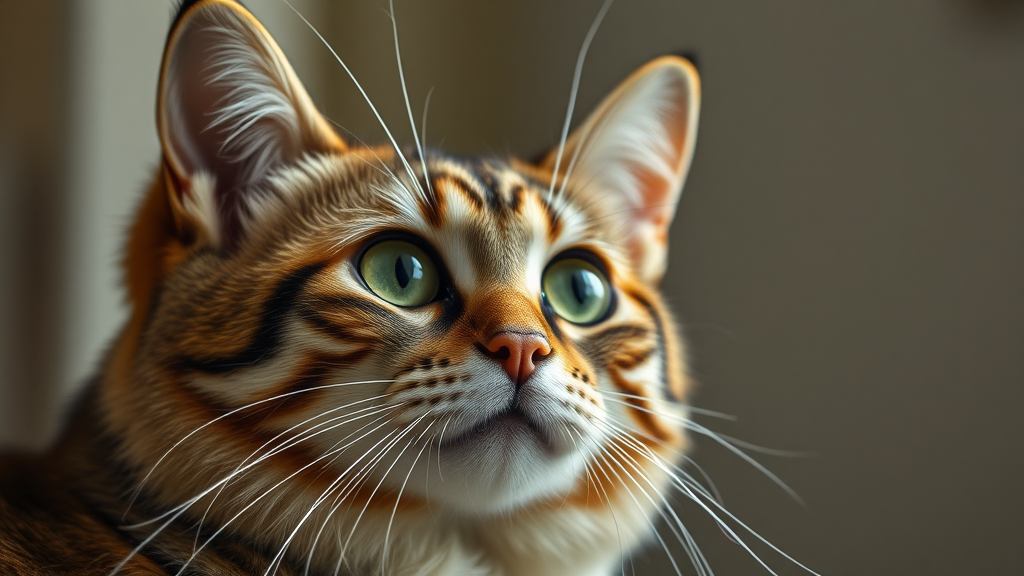The Doberman Pinscher has long been celebrated as one of the most intelligent, loyal, and versatile dog breeds. Known for their sleek physique, keen instincts, and unwavering devotion, these dogs are equally cherished as family pets, working dogs, and guardians. This comprehensive guide will help you understand the Doberman’s origins, characteristics, care needs, and training requirements, showcasing why they are often regarded as one of the finest canine companions.
Origins and History
The Doberman Pinscher was developed in the late 19th century by Karl Friedrich Louis Dobermann, a tax collector in Germany who required a protective companion during his rounds. Dobermann aimed to create a dog that combined strength, endurance, loyalty, and intelligence. The breed’s precise ancestry remains somewhat murky, but it is believed that Dobermans are descended from various breeds, including the Rottweiler, Greyhound, and German Pinscher.
Their strong protective instincts and trainability quickly made them popular for use in police and military work, leading to the breed’s reputation as a formidable guard dog. Over time, Dobermans have also emerged as beloved family pets, known for their affectionate nature and remarkable bonds with humans.
Physical Characteristics
Doberman Pinschers are stunning dogs, characterized by their athletic build, sleek coats, and regal stance. The breed typically showcases the following physical traits:
- Size: Adult Dobermans generally weigh between 60 to 100 pounds and stand about 24 to 28 inches tall at the shoulder.
- Coat: Their short, smooth coat is predominantly black, although they also come in a range of colors like blue, red, and fawn, typically with rust-colored markings.
- Ears and Tail: Dobermans traditionally have their ears cropped and tails docked, although these practices are becoming less common and are illegal in many countries. Natural-eared Dobermans have a distinctive, expressive appearance, with ears that stand erect.
- Build: They have a muscular build, a deep chest, and a long neck, giving them a powerful and elegant look.
Temperament and Personality
The Doberman Pinscher is often associated with a fierce protective nature, but this reputation belies their true temperament. While they are naturally vigilant and can be wary of strangers, they are also known for their affectionate, playful, and intelligent personalities. Here are some key aspects of a Doberman’s disposition:
- Loyalty: Dobermans are renowned for their deep loyalty to their families. They thrive on companionship and are often called "velcro dogs" due to their tendency to stick close to their owners.
- Intelligence: Highly intelligent, Dobermans excel in obedience training and problem-solving. Their eagerness to please makes them receptive to training and socialization.
- Protectiveness: This breed possess a natural instinct to protect their loved ones. Their strong guarding abilities make them vigilant watchdogs and reliable protectors.
- Playfulness: Despite their serious demeanor, Dobermans have a fun-loving side. They enjoy playtime and activities that stimulate both their mind and body.
Care and Health
Owning a Doberman requires a commitment to their physical and emotional well-being. Here are some essential care considerations:
- Exercise: Dobermans are high-energy dogs that require daily exercise. Activities could include long walks, runs, obedience training, agility, and playtime. Mental stimulation is equally important—puzzle toys and interactive games can keep them engaged.
- Diet: A well-balanced, high-quality diet is crucial for maintaining optimal health. Owners should monitor their dog’s weight, as Dobermans can be prone to obesity when not properly managed.
- Grooming: Dobermans have minimal grooming needs due to their short coat. Regular brushing, nail trimming, and occasional baths will keep them looking their best.
- Health Concerns: Like all breeds, Dobermans can be predisposed to certain health issues, including hip dysplasia, dilated cardiomyopathy (a heart condition), and von Willebrand disease (a bleeding disorder). Regular veterinary check-ups and health screenings are important.
Training and Socialization
Proper training and socialization are crucial for raising a well-adjusted Doberman. Here are some tips for effective training:
- Start Early: Begin training and socialization at a young age to help your Doberman develop into a confident adult dog. Enroll in puppy kindergarten classes to expose them to various environments and other dogs.
- Positive Reinforcement: Use positive reinforcement techniques, such as treats and praise, to encourage desired behaviors. Dobermans respond well to reward-based training and can become hesitant with harsh methods.
- Consistency: Establish consistent commands and routines. Dobermans thrive on structure and clear expectations, which makes training more effective.
- Socialization: Expose your Doberman to various people, animals, and environments. Socialization will help them become well-rounded and reduce the likelihood of fear-based aggression.
Conclusion
The Doberman Pinscher is a truly majestic breed, famed for their loyalty, intelligence, and protective instincts. While they have often been misunderstood and misrepresented, those who take the time to understand and nurture a Doberman’s unique needs will be rewarded with an unbreakable bond and a devoted companion. Whether as a family pet, a working dog, or a guardian, the Doberman Pinscher deserves admiration and respect as one of the finest dog breeds around. With proper care, training, and socialization, Doberman owners can ensure a fulfilling life for both themselves and their loyal guardian.












